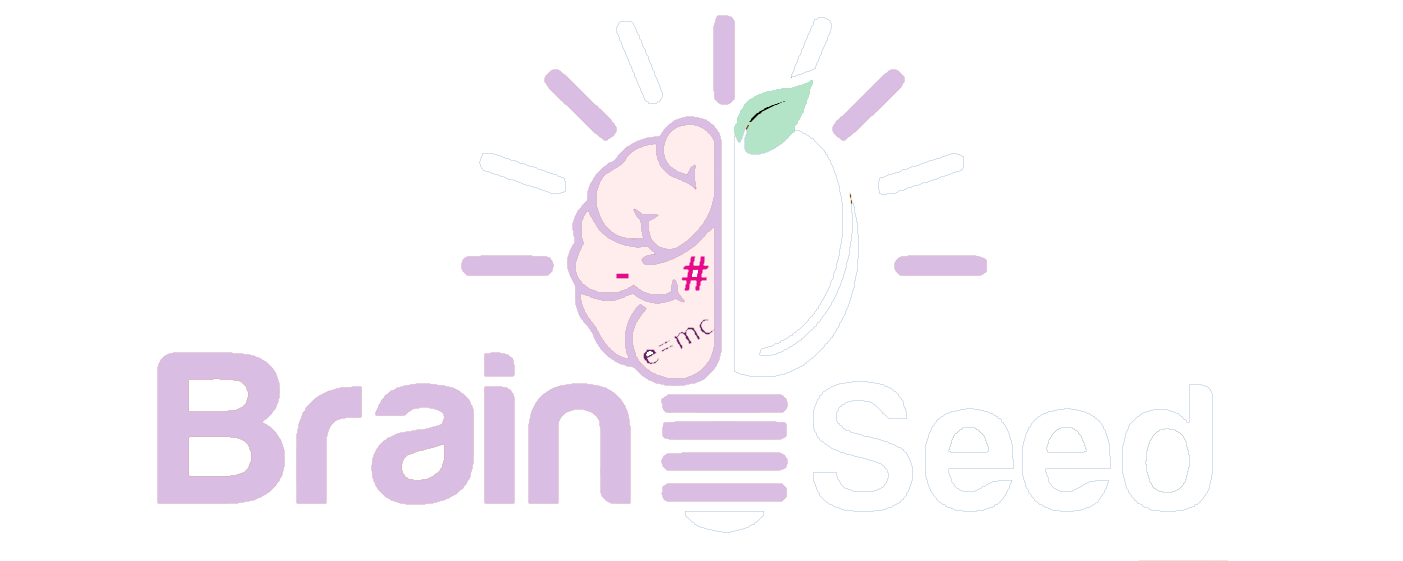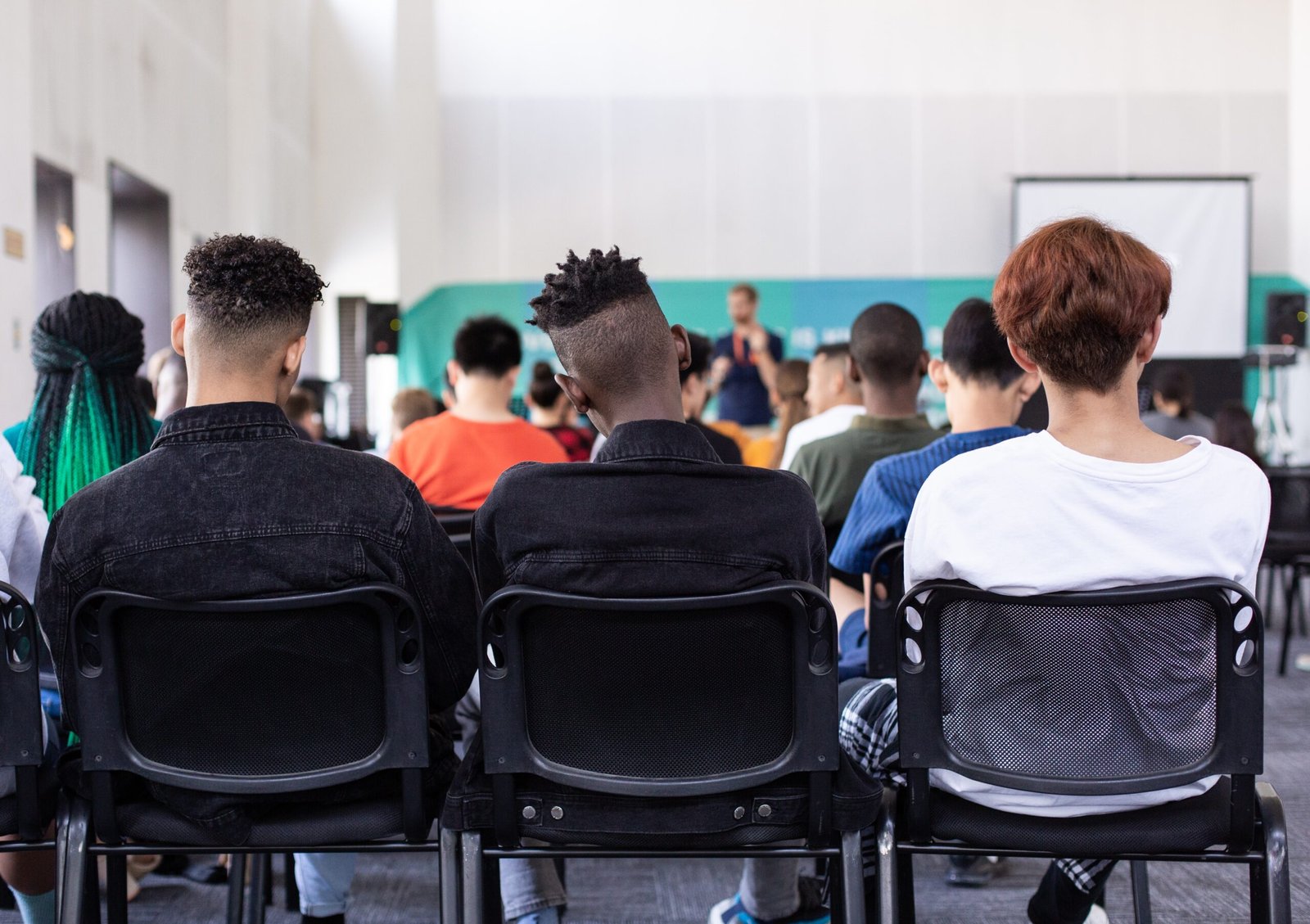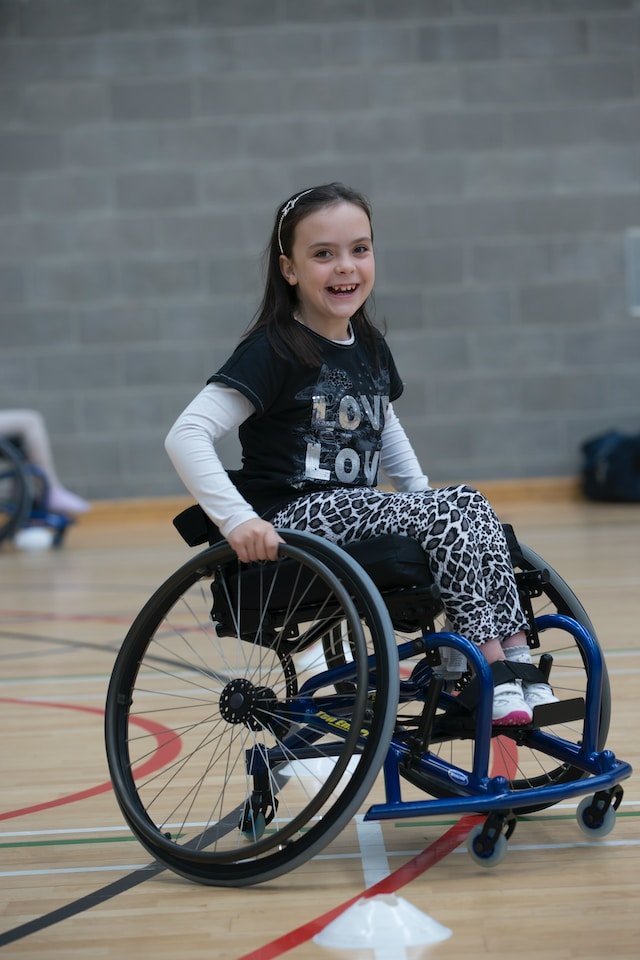What are the best techniques for teaching drama to secondary school students?
Teaching drama to high school students can be a challenging but rewarding experience. Drama classes provide students with a potential opportunity to cultivate their creativity, critical thinking, and interpersonal skills. However, to make the most of this opportunity, teachers need to use effective teaching techniques. In this article, we will discuss some of the best practices for teaching drama to high school students.
Warm-up exercises: Engaging students in warm-up activities before starting the main exercises of the class is essential. These exercises can be simple games or activities that help students relax and get into the mood for drama. Examples of warm-up exercises include improvisation games, voice and movement exercises, and creative writing prompts.
Group work: Drama is a collaborative art, and students should be encouraged to work in groups. Group work allows students to share ideas, build relationships, and develop teamwork skills. Teachers can assign group projects, such as creating a scenario or play, and provide guidance on how to work together effectively.
Script analysis: Analyzing scripts is an important part of drama. Teachers can provide students with scripts from different genres and periods and guide them in analyzing the structure, characters, themes, and language of the text. Script analysis can also help students develop critical thinking skills and appreciate the art of storytelling.
Role-playing: Role-playing is a fundamental aspect of drama, and it allows students to step into the shoes of different characters and explore their motivations and emotions. Teachers can assign different roles to students and guide them in developing their characters through improvisation and text analysis.
Performance: Performing is the culmination of drama classes, and it provides students with an opportunity to showcase their skills and creativity. Teachers can assign students to perform scenes, plays, or speeches in front of the class, or even coordinate a larger production for the school community. Performing allows students to develop their confidence, public speaking, and drama skills.
Reflection and feedback: Reflection and feedback are essential parts of learning. Teachers can encourage students to reflect on their experiences in drama class, such as what they have learned, what challenges they have faced, and what they have enjoyed the most. Teachers can also provide constructive feedback on student performances and guide them in improving their skills.
In conclusion, teaching drama to high school students requires effective techniques that engage students, build their skills, and foster their creativity. By using warm-up exercises, group work, script analysis, role-playing, performance, and reflection and feedback, teachers can create an engaging and rewarding learning experience for their students. With these techniques, drama classes can become a highlight of the high school curriculum, and students can develop lifelong skills that they can use in any profession they choose.
Are you looking for a fresh and exciting way to engage your school’s drama program or your child’s creativity? Try YouTube drama! It’s a fun and modern way for students to create and perform in their own videos. YouTube drama is flexible, convenient, and can even reach a wider audience. Plus, it teaches valuable skills like video production, editing, and storytelling. Click here to learn more about how YouTube drama can benefit your school’s drama program.







